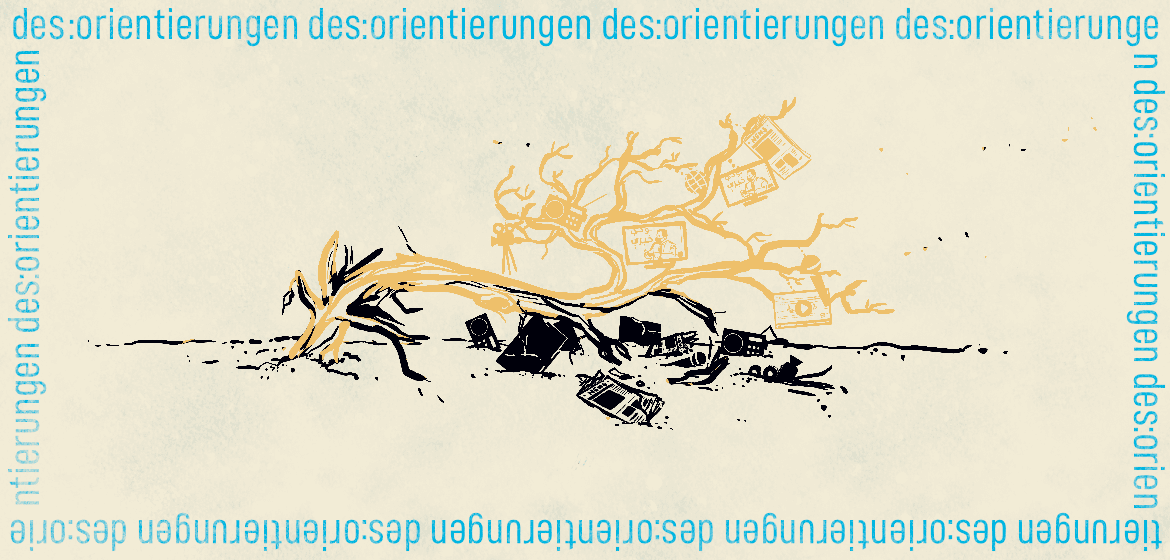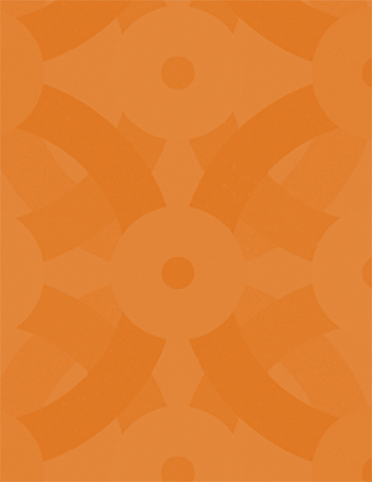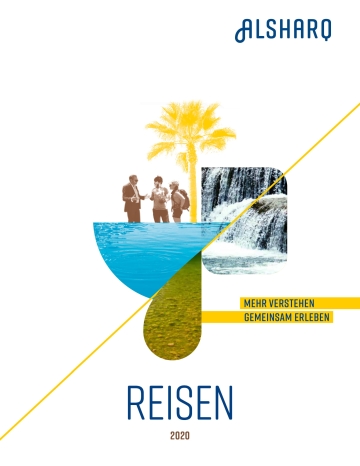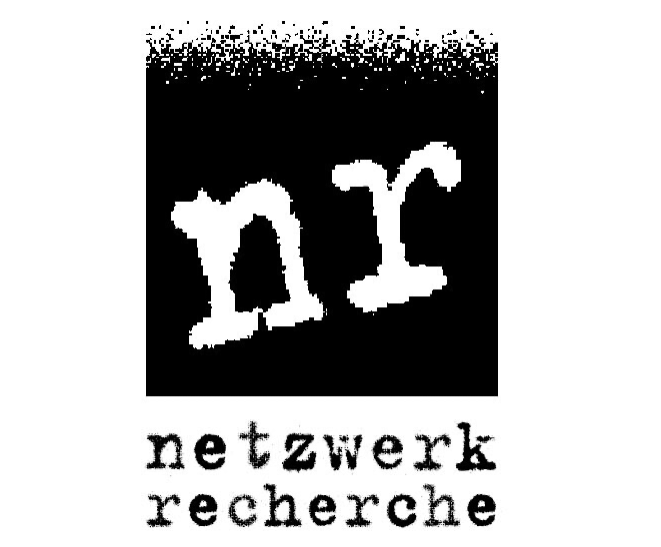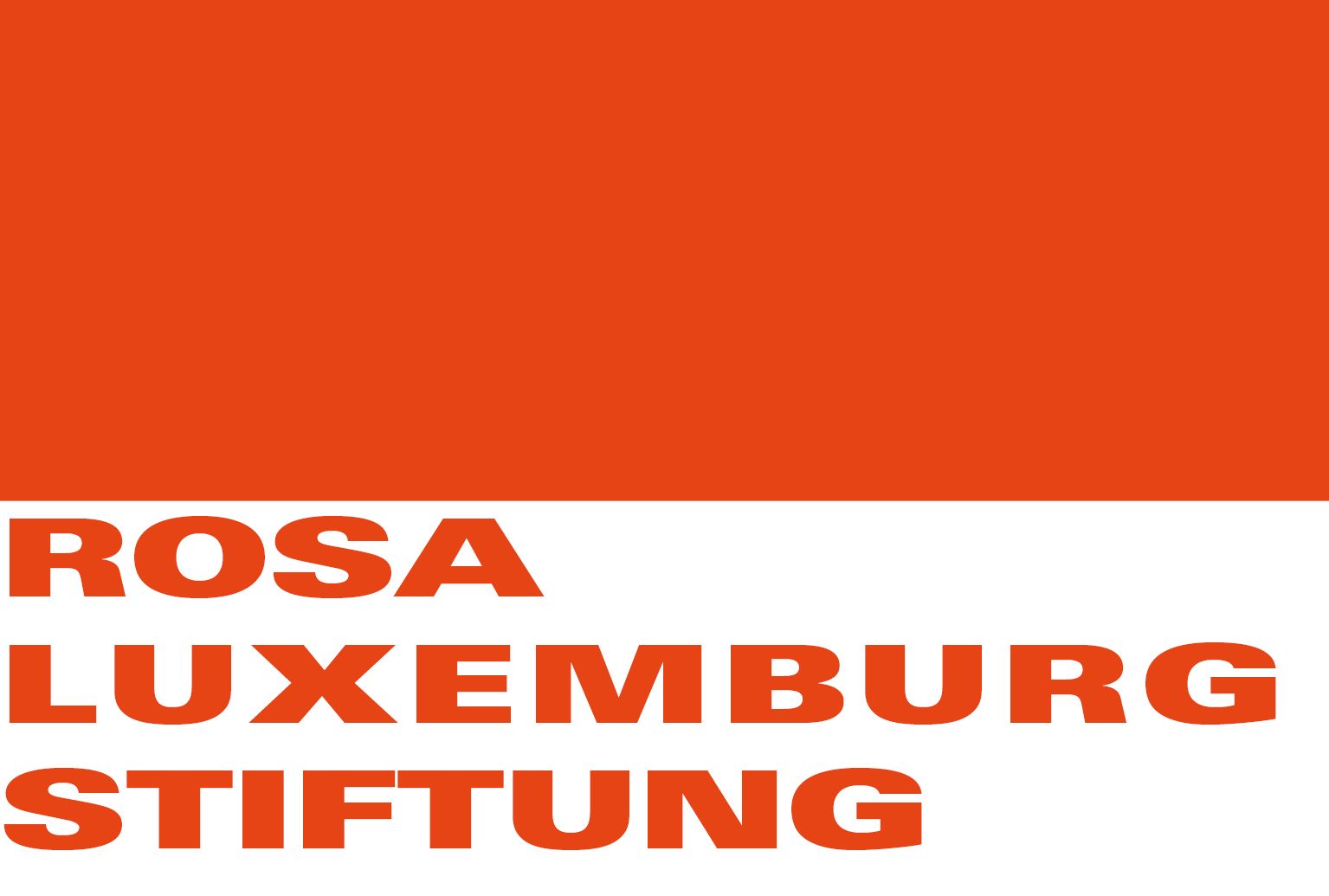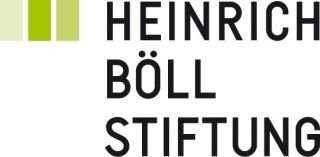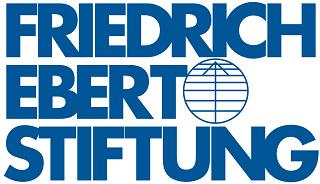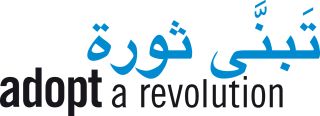Mina Jawad has discovered that amidst a struggle for survival, Afghan media outlets are fostering environments for discourse and impactful journalism, demonstrating the power of high-quality journalism even two years into the Taliban’s rule.
Editor’s Note/Transparency Disclosure: The author of this piece is an independent media development trainer and consultant on current Afghan affairs.
Just before the stroke of midnight on August 30, 2021, the final U.S. Army aircraft took off from the grounds of Kabul airport. Kabul’s runways were swiftly occupied by jubilant Taliban officials, reaffirming their victory in the protracted Afghan war. This marked a pivotal moment: the republic fell short of reaching its twentieth anniversary.
However, the battle in Afghanistan rages on; a battle waged not just with bullets, but with words, images, and the power of information. Standing at the heart of this battle are the media. These same media outlets faced a period of stagnation, even regression, during the first reign of the Taliban in the 1990s, marked by a notorious ban on all visual content. In a change of stance, the Taliban now present a more media-friendly image, lifting the ban on visual materials. Yet a mere three months into their rule, the long-feared media crackdown began. The number of media companies plummeted by nearly 50 percent, and over 60 percent of journalists found themselves jobless, with women being disproportionately affected. And despite efforts of self-censorship, retaliatory actions were just around the corner.
Given almost two years of Taliban rule, Afghanistan’s low ranking on the Press Freedom Index by Reporters Without Borders is hardly shocking. Nonetheless, Afghanistan takes the lead in the lowest-ranking category – a circumstance that is far from being a cause for celebration. The situation, however bleak, could have been much worse. The credit for this “success” is not to be misplaced; it underscores the resilience and determination of Afghanistan’s media professionals and journalists.
A phoenix rising from the ashes?
The current situation is often traced back to the ripple effects of a few exceptional success stories within the republic, a time when the media industry experienced an explosive growth. As of the year 2018, there were several hundred active TV, radio, and print media outlets. However, sheer numbers alone cannot provide insight into the quality of the media’s contribution as a vital agency of social safeguarding; it was hard-earned. Journalists and media professionals faced severe oppression, ranging from threats and attacks to outright murder.
Reactionary forces – not solely the Taliban – and corrupt politicians, who were often tolerated or even indulged by the West, served as representatives of the republic. In a further effort to control public discourse, several of these reactionary groups established their own media channels. Despite numerous media law reforms, including the latest in 2017, impunity for offences against journalists did persist.
While the republic had a reputation for having the most liberated press in the region, it was not without its flaws. The Committee to Protect Journalists (CPJ) has documented 66 killings of journalists between 2001 and 2021. It is crucial to note that this alarming statistic does not include those journalists who perished while carrying out dangerous assignments or whilst in combat operations.
Afghanistan grotesquely exemplifies the trap of selectivity in statistics – a paradoxical irony. The country has been repeatedly featured for the inherent risk it poses to journalists. This is further substantiated by a 2019 UNESCO-commissioned report, which provides concrete data, documenting hundreds of non-lethal assaults on journalists in Afghanistan within a single year. These numbers highlight the challenge of accurately portraying the full picture.
The Media as a catalyst and facilitator
The flourishing media landscape was not solely confined to news genres; it also extended to “shallow” entertainment. From satire to music, popular programmes paid tribute to bygone eras. This was particularly present in the resurgence of the 1980s’ “Parche Tamsili” tradition in satirical presentations. These prerecorded performances skilfully addressed social grievances and offered criticism of various administrations. Genres such as folklore, “amateur” pop, and classical music witnessed a resurgence in talent hunt shows. Gender-related issues were also a vital part of this conversation. The debate around gender roles signified a significant break in taboo, inciting considerable controversy, especially among the conservative demographics.
It could certainly be argued that in a country plagued by warfare, particularly within its non-urban areas, the prevalence of television shows produced and broadcasted from urban hubs, most notably Kabul, were seen as symbols of both luxury and a form of “bread and circuses”.
Yet, such entertainment platforms were not merely distractions. They did carry profound political implications. The collective healing power of art is vastly under-appreciated in most discussions. Media has the capacity to shape and preserve identity, as well as provide an avenue for confronting collective trauma. Despite facing harsh criticism, the media has successfully carved out and distributed a platform for critical journalism and cultural commodities within the intricate fabric of Afghanistan. These platforms did resonate with the majority of Afghanistan’s heterogenous population, transcending ethnic and geographic barriers, according to study conducted in 2022.
Negotiating Existence
Even amidst the challenging circumstances within the emirate, the media in Afghanistan are persevering to exist, pushing their boundaries in a delicate dance with adversity. Notably, TOLO, the country’s largest private television channel, audaciously aired both pop and classical music – using both traditional and modern instruments – in December 2021. This occurred despite the Taliban’s stern prohibition on live music and was symbolically staged on “Yalda” night, a Zoroastrian tradition that signifies the triumph of light over the longest night of the year - a clear, dual defiance against the Taliban.
TOLO’s sister channel, Tolonews, also made headlines with a noteworthy move. In response to a Taliban directive in May 2022 mandating that female news anchors must wear masks on camera, the news station staged a protest the day prior to the ruling’s enforcement where only men wore masks. Anchor Zabihullah Sadat took this bold act further by distributing masks to male guests during a live talk show, leaving Sadeq Akif Muhajir, the spokesman for the morality police, as the only one without a mask.
However, it is not just these attention-grabbing acts, teetering on the edge of activism, that embody the social dynamism of the media industry. Those who are deemed by the Taliban to have crossed the line with their criticisms risk total ostracisation through bans and license revocations, as was also the case for Afghan media outlets in exile recently. The true challenge lies in standing firm whilst still offering the Taliban a platform. This subtle act is not merely a survival strategy as those who refuse to provide the Taliban with a platform have no prospect of being able to continue to operate. It is also a sign of quality journalism backed by political foresight. Critics from abroad that accuse these outlets of collaboration fail to acknowledge the reality of the situation, and overlook the value of hard-hitting questions and comparisons with other guests like activists, technocrats, and former politicians, which offer viewers an opportunity to discern the truth and recognise injustice.
Through their daily broadcasts, these media organisations carve out a space for as wide-ranging a discourse as possible on pressing issues such as the unstable economy, security policy, foreign relations, inclusive governance, and women’s rights. On International Women’s Day 2023, the Tolonews ran two shows featuring only women discussing their societal roles in a majority-Muslim society – Taliban sympathisers included. Some subjects, however, remain off-limits – such as speculating on potential civil war scenarios. Reports concerning internal disputes within the Taliban are, at most, timidly addressed in passing.
Material security
The unfolding situations can certainly be seen as the manifestation of pressing concerns and common interests that, when scrutinised, influence all parts of the diverse population. Despite numerous obstacles and imperfections, the ever-active media in Afghanistan, which is under considerable stress, are managing to accomplish something that corrupt infrastructures and the international community have failed to achieve: they are shaping civil dialogue.
In this endeavour, they echo more voices than any negotiation platform has encompassed in the past few decades, both within and outside the country’s borders. Despite their exclusions, the efforts of the media serve as a testament of societal engagement, striving to uphold the quintessential role of journalism: to collect, verify, and disseminate information, and make an effort to enact its societal supervisory function.
Even prior to the establishment of the Republic, the media had been a platform for political, social, and cultural transformations. The success and tenacity of Afghan media are not only products of diligent efforts; they also require material stability to persist. This security must be ensured, a task that the West also bears a responsibility for, albeit without asserting any control over content and programming. As those directly impacted, media professionals are best equipped to illustrate the most effective approach to the current situation: with a blend of realism, stance, and criticism.
You can find more work of our illustrator Zaide Kutay on her Instagram.

